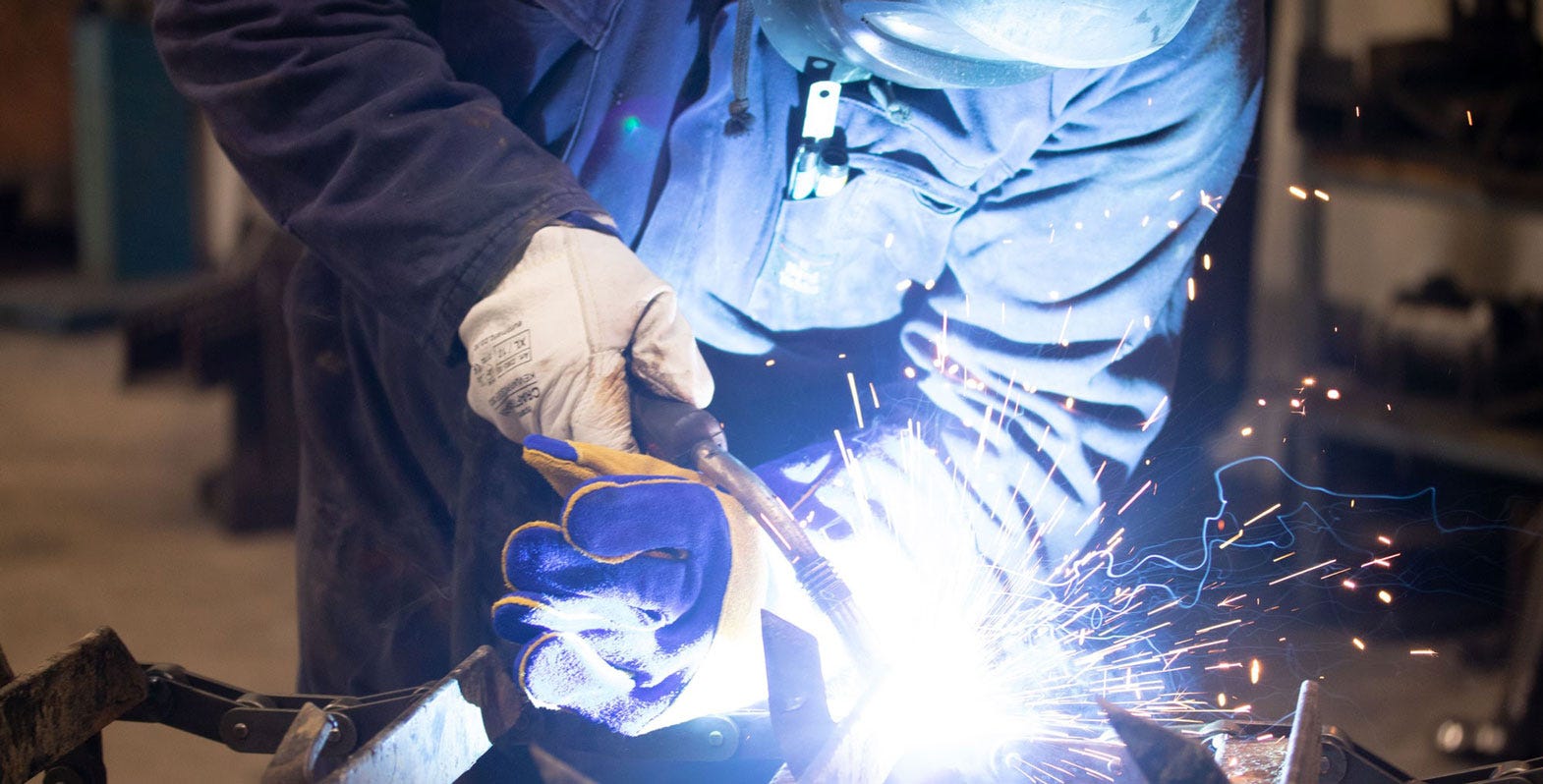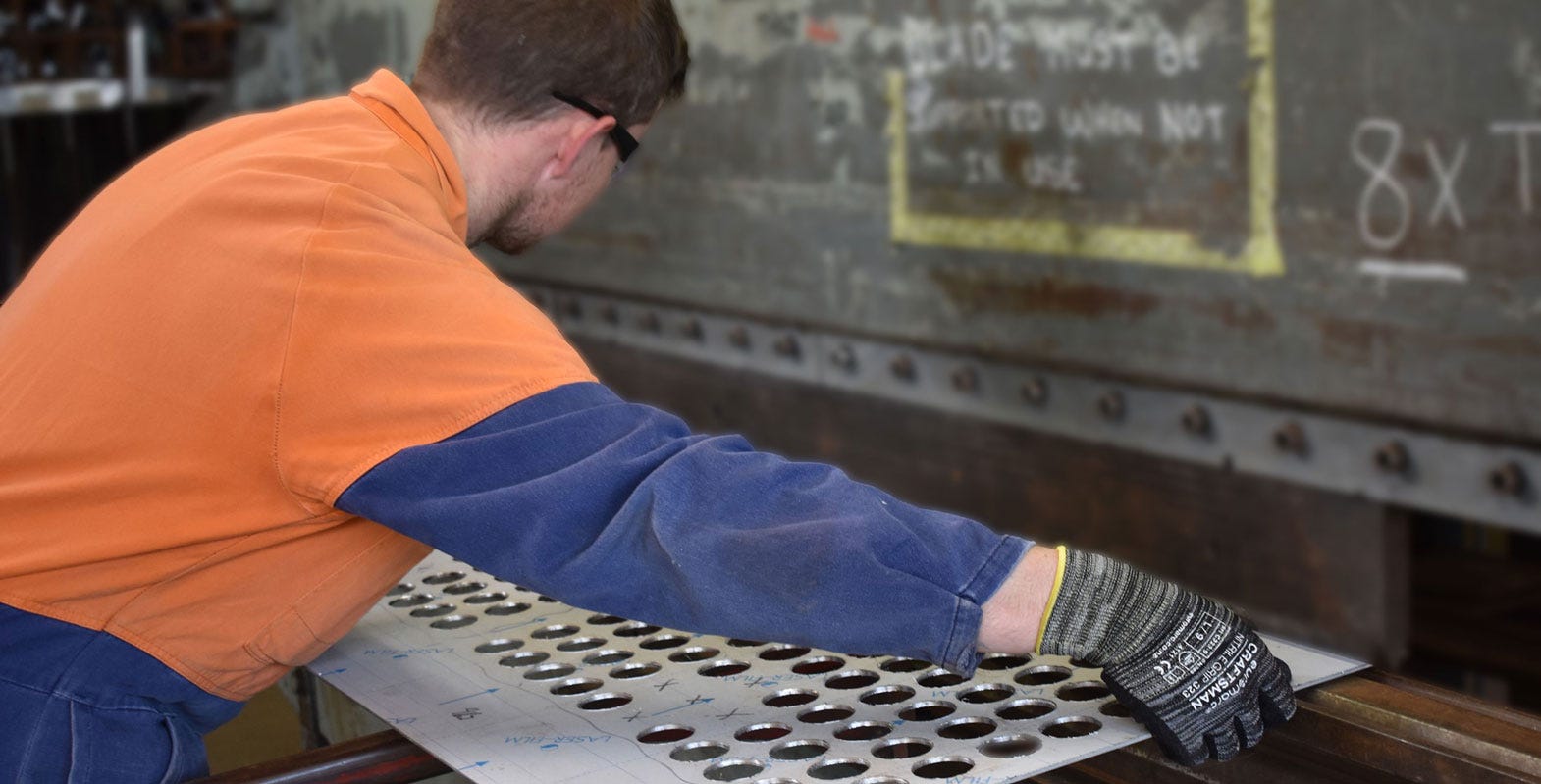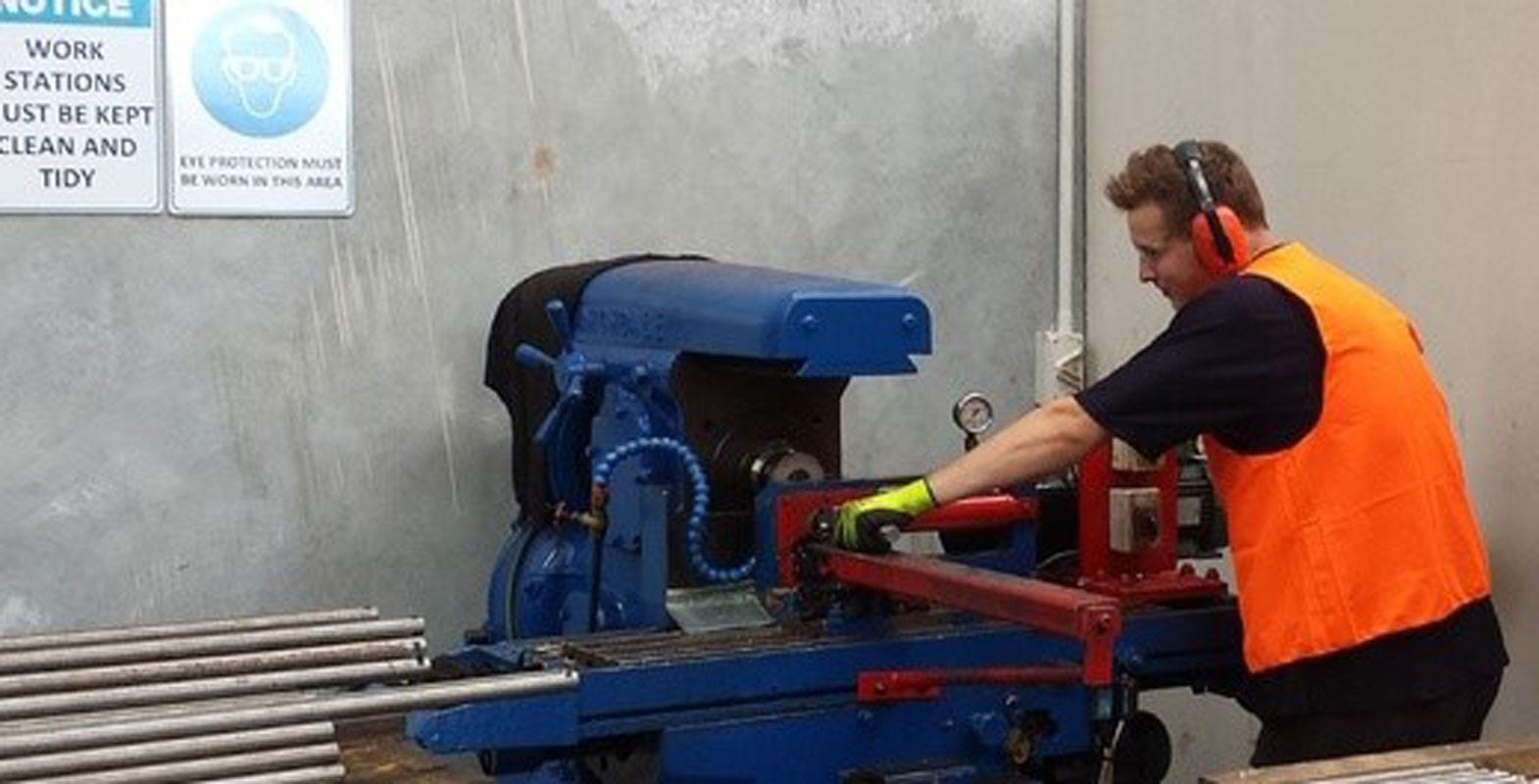What is kevlar? What's it good for?
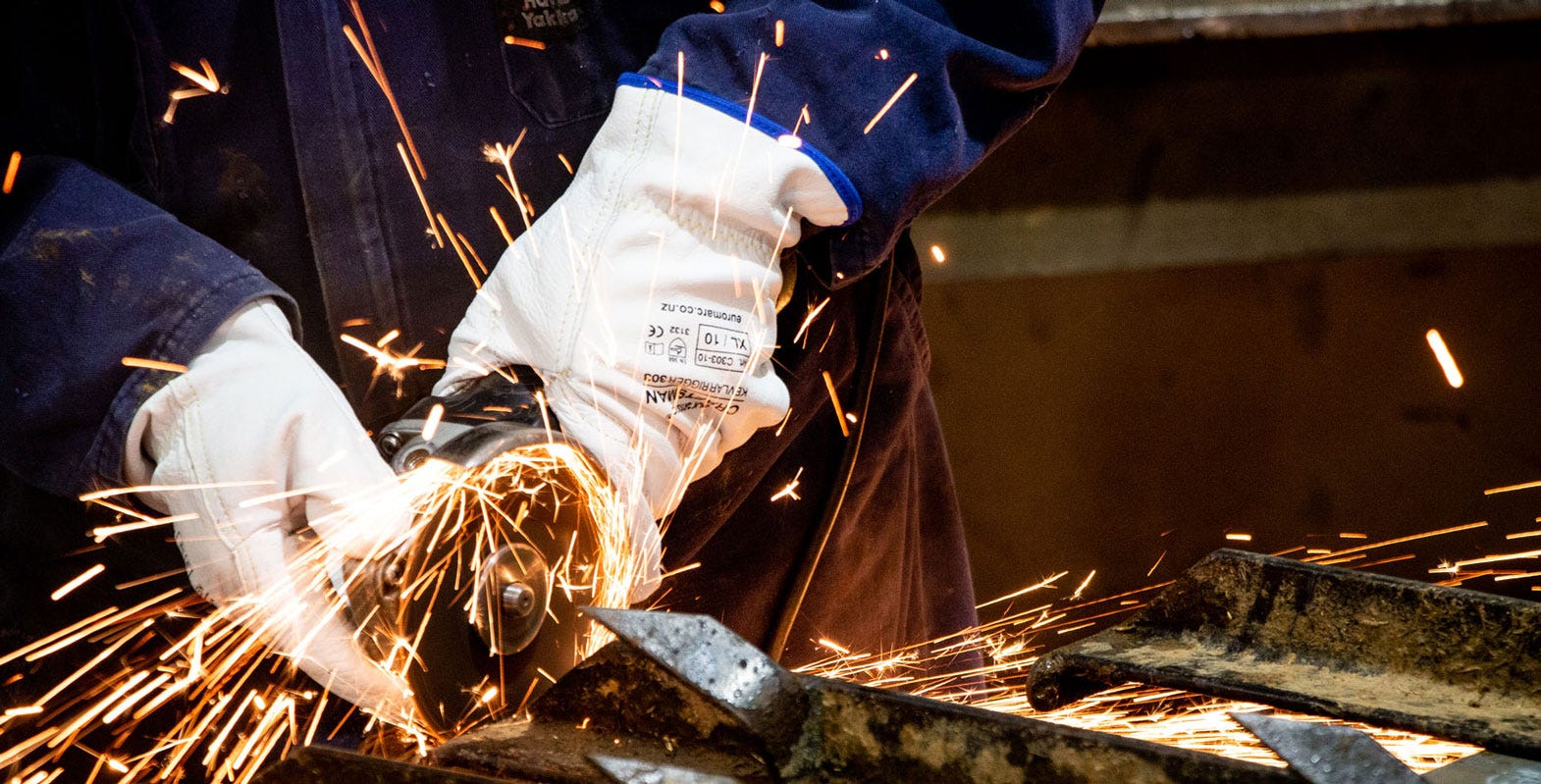
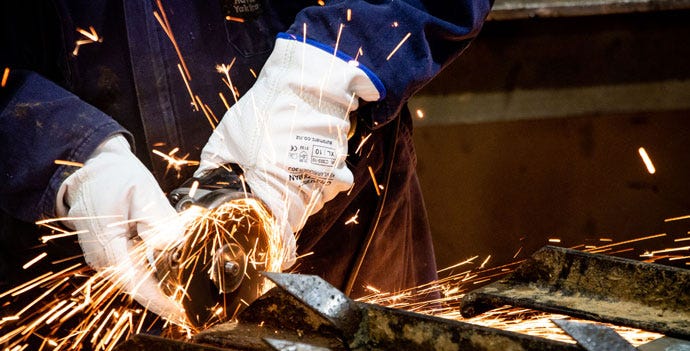
Handles 450°C, strength over eight times greater than steel wire.
Kevlar is the perfect solution for the engineering workshop, as it is light, but very strong, and can handle the heat, unlike nylon or cotton stitching which is okay on some PPE clothing and gloves where heat or that extra strength is not needed.
But kevlar is used in many areas including canoes, aircraft panels, sporting equipment, and wind turbines for rigidness and to maxmize their physical properties. Or in a different form it can be use in soft products such as gloves and clothing, suitable for panels and seam stitching construction.
Kevlar is the registered name given to this specially blended synthetic fibre. This version of synthetics shifted the polymer chemistry into an entirely new direction.
Where did it come from?
While working for The Dupont Company in the 1960s, a Polish-American chemist named Stephanie Kwolek was given the task of developing a new lightweight fibre meant to replace the heavy and cumbersome steel cord used in car tires at the time. Overtime development and ideas changed, but in the beginning of 1971, Dupont introduced what we now know as kevlar to the world.
Main points on Kevlar
- It's strong but relatively light. The specific tensile strength (stretching or pulling strength) of both kevlar 29 and kevlar 49 is over eight times greater than that of steel wire.
- Unlike most plastics it handles the heat well and doesn’t melt: it withstands temperatures above 450°C.
- Kevlar remains "virtually unchanged" after exposure to hot water for more than 200 days and its super-strong properties are "virtually unaffected" by moisture.
- Very low temperatures have no effect on kevlar, down to −196°C.
- The Yellow-ish colour of kevlar is its natural colour, it cannot be bleached white.
- Kevlar can be ignited but burning usually stops when the heat source is removed.
- Like other plastics, long exposure to ultraviolet light (in sunlight, for example) causes discoloration and some degradation of the fibres in kevlar.
- Kevlar can resist attacks from many different chemicals, though long exposure to strong acids or bases will degrade it over time.
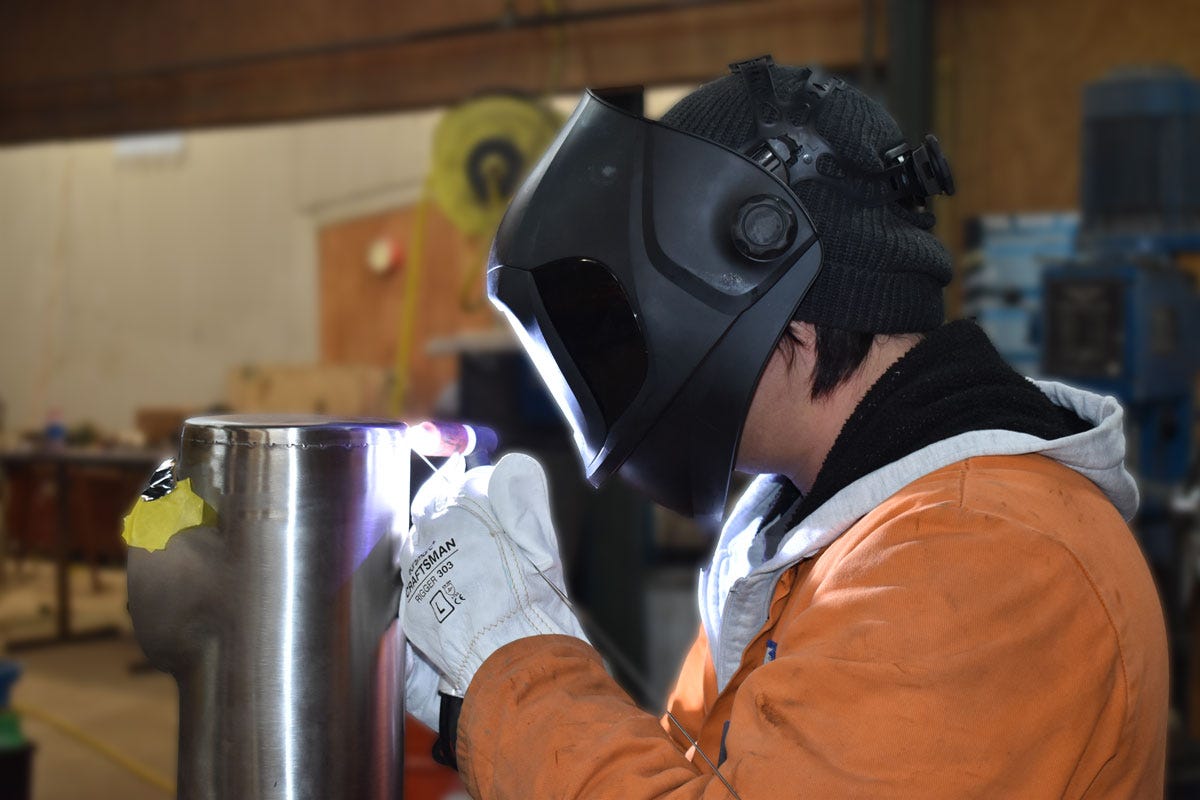

Kevlar for engineers
So kevlar is the perfect solution for the engineering workshop, as it is light, but very strong, and can handle the heat, unlike nylon or cotton stitching which is suitable on some PPE clothing and gloves.
Kevlar stitching is often found with premium leather welding protection gear, as this too is able to withstand abuse that other products can’t.
Premium leather is very durable and can make your work easier. While these products are ideal in applications such as welding or areas of intense heat or abrasion they can also be used in light to medium-duty applications for added protection and safety.
Kevlar stitching with leather can be found in the following:
- PPE gear: Jackets, Sleeves, Aprons, Spatts
- Gloves: Heavy duty handling gloves, Rigger gloves, TIG and MIG welding Gloves
- Protection Blankets
 Need assistance?
Need assistance?

